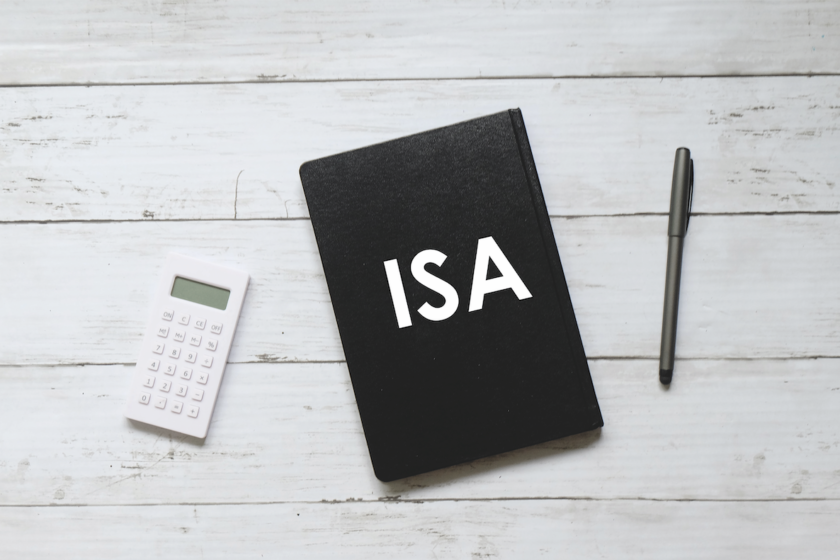Results from a recent survey conducted by Opinium for Hargreaves Lansdown’s Financially Fearless report has shed light on the investment behaviour of women, particularly regarding their timing of investments in relation to the tax year.
Key findings from the survey include:
• Tax Year Influence: While the end of the tax year traditionally prompts many investors to make investment decisions, the survey reveals that almost one in five (19%) women investors are encouraged to invest by the end of the tax year. However, a larger proportion, more than one in four (26%), are motivated by the start of a new tax year to begin investing.
• Demographic Trends: Certain groups of women exhibit a heightened propensity for early-year investments. Female breadwinners, women aged 55 and older, and seasoned investors are among the keenest early birds in the investment landscape.
Sarah Coles, head of personal finance at Hargreaves Lansdown, commented on the findings, noting the departure from the conventional end-of-tax-year investment trend among female investors. Coles highlighted the significant influence of the fresh start provided by the new tax year, emphasising the financial benefits accrued by those who opt for early-year investments.
Coles pointed out that female breadwinners, in particular, demonstrate a proactive approach to investing, with 32% citing the start of the tax year as their primary motivator, compared to 23% who are spurred by the end of the previous tax year. Additionally, older women aged 55 and above exhibit a similar inclination towards early investments, reflecting a strategic approach to financial planning.
The report also delves into the investment patterns of female investors, highlighting two primary methods: ad-hoc investing and setting up regular monthly payments. Coles explained that the availability of lump sums, such as those from divorce settlements or inheritances, often prompts women to maximise their ISA allowances at the start of each tax year, thus capitalising on tax benefits and protecting their investments.
Where a lump sum is more than £20,000, maxing out the ISA allowance immediately, and then doing so again at the start of every new tax year, can help protect the money. Investing the excess money outside an ISA, means each new tax year gives them the opportunity to sell up some of their assets and reinvest inside an ISA, in order to protect another £20,000 from tax.
Coles also emphasised the importance of early-year investments for those utilising regular monthly payments, as it allows investors to maximise their allowance while spreading investments strategically across the tax year.





























